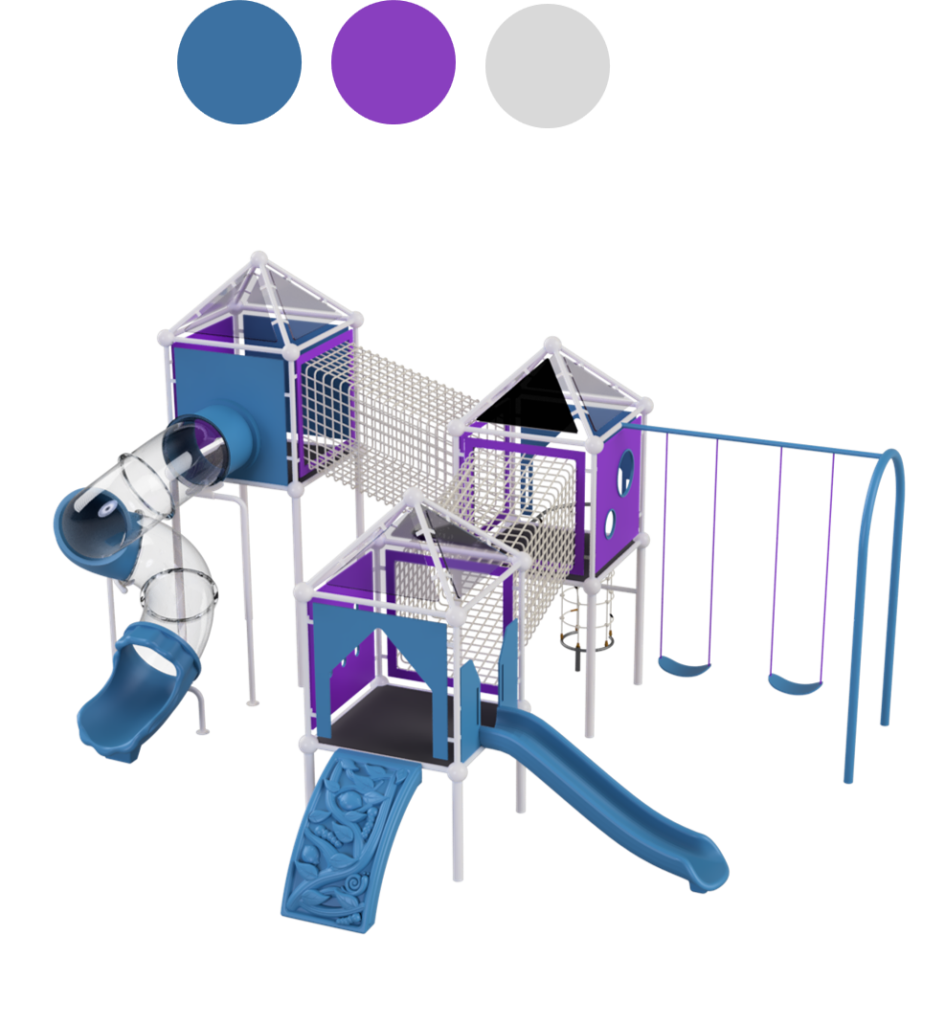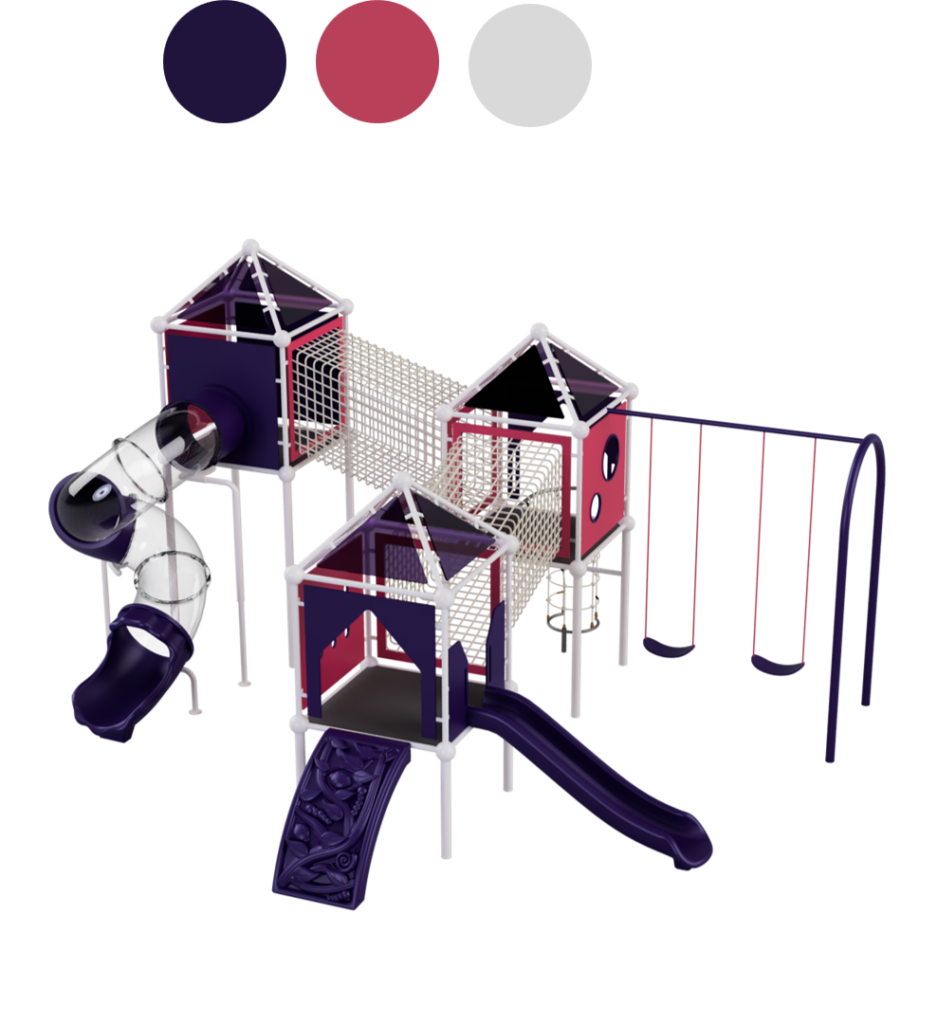Materials And Colors
Materials And Colors

Plastic
Low Density Polyethylene
High Density
Polyethylene
Uv
Masterbatch
Polyethylene
Colourants

1.Wood
My elastic is red. Oak. Pine. Swedish Finnish
Plastic wood
Weather resistant paint
2.Fiberglass
Fiberglass fibres
Zizin
diluting materials
Colored women

1.25 inch 2mm pipes
1 inch 2mm pipes
Sheet 1220*2440*2mm
Sheet 1220*2440*4.8mm
Sheet 1000*2000*2 mm
3.Thermal paint
Nordic Pine
Our pine wood is sourced from Scandinavian forests
Wooden posts
have galvanised steel ground sockets to avoid direct contact with soil, thus reducing the risk of mould contamination or rot, this feature also eliminate the risk of strimmer damage
Steel
We only use structural grade steel engineered.
The material undergoes a number of treatments that increase its durability and resilience
HPL
HPL boasts outstanding resilience and a visually appealing appearance. As it can cope with strong coastal winds
and high humidity levels, it is suitable for all environments, including coastal locations.
PUR
Polyurethane foam is used to create seats on our seesaws. This has an outer skin formed on it, as part of themoulding process. Both parts have a metal skeletal structure moulded within, to give themstrength.
Glossy Colours of tubes and posts


Matte colours of tubes and posts

Colours Of Ropes For 16 mm and 18mm

Hope – panels 10 and 19 mm

Hope panels colour mix 19 mm


The importance of colors
Colors play a significant role in design, as they have the power to evoke emotions, create a sense of identity, and enhance the overall experience of spectators. The strategic use of colors in stadiums can impact various aspects, including aesthetics, visibility, branding, and even the psychological state of those present. One of the primary considerations in design is visibility. Colors that provide high contrast and clarity are often chosen to ensure that spectators can easily identify players, distinguish between different teams, and follow the action on the field or court. For example, bright and vibrant colors like red, blue, and green are commonly used on the playing surface and in signage to enhance visibility and make the game more engaging.



Types Of Ropes
There are several types of ropes commonly used in playgrounds to provide climbing and play opportunities. Each type of rope has its own characteristics, strengths, and applications. Here are some of the most common types:
Manila Rope: Manila rope is a natural fiber rope made from the abaca plant. It is known for its strength, durability, and resistance to abrasion. Manila rope is often used in playgrounds for climbing structures, cargo nets, and rope bridges.
Polypropylene Rope: Polypropylene rope is a synthetic rope that is lightweight, durable, and resistant to rot, mildew, and UV rays. It is commonly used in playgrounds for various applications, including climbing nets, swings, and barrier ropes.
.



